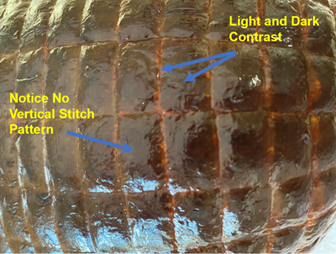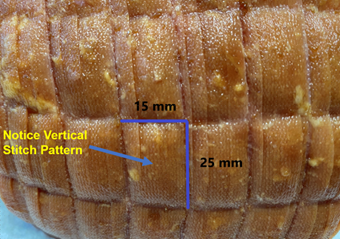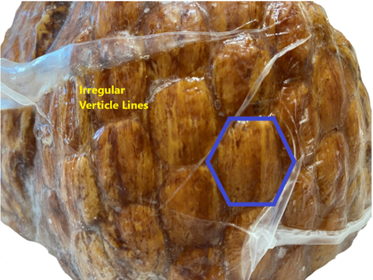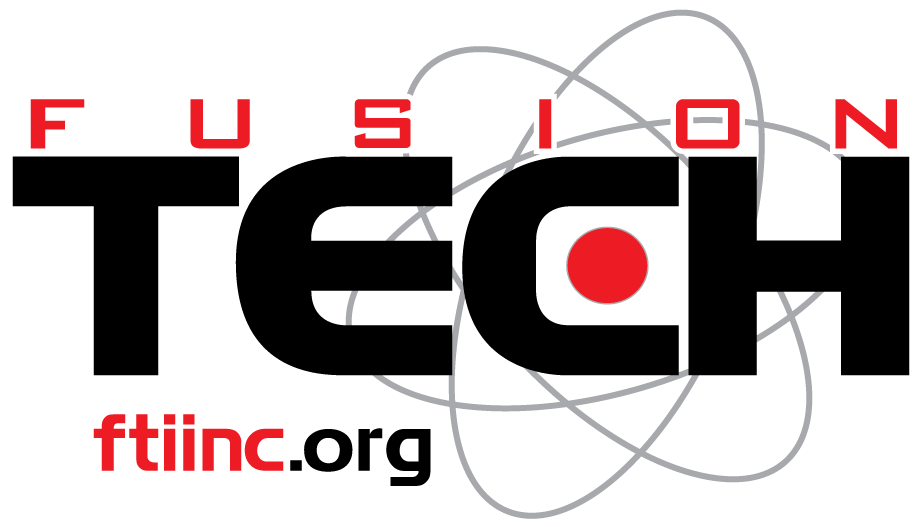As processors, we are all generally curious individuals and are most likely interested by learning new things or seeing new products in the marketplace.
For most of us in the meat processing industry, we are guilty of taking a stroll down the meat aisles to see what new and interesting products are in the marketplace and whether or not we are looking to match something already existing in the marketplace or doing something similar, there is a process.
Physical Evaluation of Product
One commonality of producers in our industry is our drive to be innovative and our desire to create different products and packaging that will differentiate our brand in the marketplace. Almost all processors or retailers have their standard flavors available but may create some “limited time offerings” or LTO’s, throughout the year, to test consumer acceptability of new thoughts and ideas. These LTO’s can yield important feedback as to customer acceptance of new product innovation.
While creating new products or flavors is only limited by your imagination, a basic understanding of meat processing and USDA regulations, many processors create products based on what they’ve seen in the marketplace or per customer requests (for private label products). Recreating, matching, or modeling existing products in the marketplace is a common mechanism for product development and line extensions though this method does present its own set of challenges.
While, for many processors, this is straight forward process, others may need a little guidance to know where to start and a better understanding of the steps needed to obtain the “perfect” final product. Additionally, a better understanding of the development process often decreases the product development costs, less iterations to achieve the goal and improves the time-to-market. Knowing how to interpret ingredient statements, nutrition facts panels, and physical attributes are all key components of successfully developing a “similar”’ product.
In the first post of three in this series, we will focus on the physical evaluation of a product.
Buying With Your Eyes
The first step is to evaluate the physical characteristics of the product as consumers first “buy” with their eyes. We suggest starting with an evaluation of the size by looking at the diameter, length, weight, color and texture of the product.
- Is it comminuted or whole muscle? What process did the product go through to reach the product?
- What shape is it? Is it mechanically stuffed or hand placed?
- “Stuffed items”: What was the media used to gain its shape? Plastic, collagen, natural, fibrous, roll stock film, netting, socks, etc? Is it a D-shape, tight round, or even a single muscle product? After that, look at what media the product is stuffed into. If it’s in a netting of some sorts, look at the pattern of the net. This could be a smooth, box, diamond, hex (honeycomb), etc. Now determine if these patterns are considered a “high definition” which gives the patterns a tremendous amount of pop or three-dimensional look.
- Color of the exterior: It could be smoked at various levels, roasted, caramel color (noted on label), oil browned/fried, etc.
- Product sliced? If a sliced product is being evaluated, then the slice thickness should be determined too.
Deli Style Ham Evaluation Example
Most deli style hams will either be in a stocking net, collagen wrapped, or in a plastic bag and molded to form some shape like square, beehive, bullet, oval, etc.
The plastic bag versions will either be sold naked without any surface treatment, or could be oil browned, or drenched in varying types of smoke treatment and color fixed through some form of thermal treatment.
When opening the package make sure the label and ingredient statement is intact to make it easier to read upon further evaluation. Once opened, smell the product to determine if there is a smoke aroma and the intensity of the smoke, if any. Next the shape and the surface will need to be evaluated.
Net Patterns Seen in the Marketplace:



When comparing the the top two pictures, the collagen will have a smooth appearance in between the net pattern and have light and dark contrast to where the open netting touched the surface of the product. This is because the netting provides an insulating barrier which reduces exposure to the dry heat and moving air within the oven which reduces the Maillard Browning reaction.
When looking at the stocking net, there’s more of a matte finish and less contrast along the surface. Another indicator is the slight stitch pattern seen between the boxes as well.
Another example is the collagen wrapped and large hex or honeycomb net. The key observation here is to see the irregular vertical lines that aren’t stitch patterns but rather stretch marks on the collagen from being hung on a smokehouse truck instead of laying on a screen. Another indication of a hung product is it will be in a more rounded shape vs having flat surface on one side if it were laying on a screen.
When the correct type of net is determined, make sure to measure the length and width of the pattern along with the diameter of the product to provide the netting supplier to best help them provide the right solution for the product.
Internal Evaluation
After the surface evaluation, the next step is to cut the product to evaluate it internally. This gives some indication of the type of muscle being used, whether the muscles are hand placed or machine filled, and if any ground pork trim is used in the formulation.
The two pictures below show examples of machined filled products based on the small muscle pieces and less homogeneous look of the cut face. Hand placed muscles would show only 1-3 muscles in appearance and likely able to see the distinct seams between those muscles.
One other indication is the appearance of small pinholes or air pockets which shows some ground pork trimmings are present in the ham formulation. These pork trimmings would look like light pink rivers flowing between the individual muscles and would have a soft texture if separated from the rest of the whole muscle portion. The USDA allows no more than 15% of the weight of the ham ingredients at the time of formulation. However, a natural juice or a water added ham would likely contain 0-10% ground ham trimmings.
Taste Test
The final evaluation, which is the taste test, is usually the most exciting! The main taste factors to evaluate are
- Saltiness
- Sweetness
- Sourness
- Bitterness
- Smokiness
This gives the evaluator an indication of what the key ingredients are and the levels of these ingredients present.
Make sure to evaluate the label in conjunction with the physical attributes to best understand the product formulation.
The texture of the product is of equal importance. It’s impacted by the ingredients as well as injection and tumbling.
Innovation Center at Fusion Tech
In short, if you would like to make a product, whether new or something similar to an existing product in the market place, please Contact us today to visit with our technical team at Fusion Tech.
Combined, we have 65+ years of experience in this field and would be happy to provide guidance and technical support.
If you enjoyed this article, check out something similar: Understanding Meat Product Composition Through Ingredients, Why You Need to Care About Your Processed Meat’s Nutrition, Cleaner Food Label





